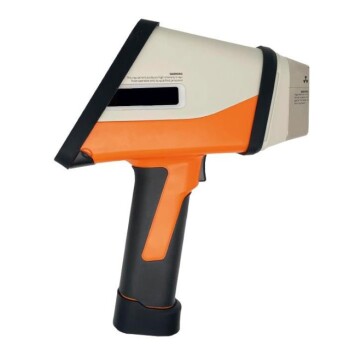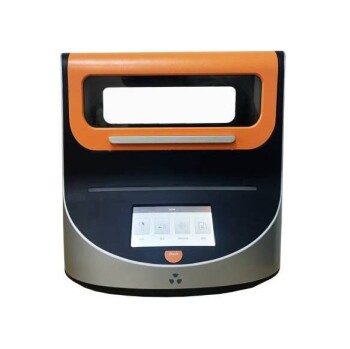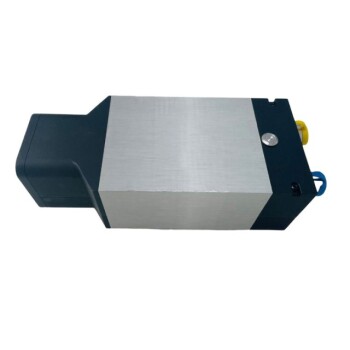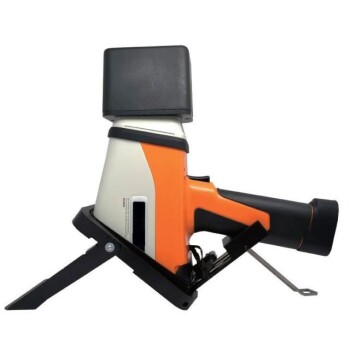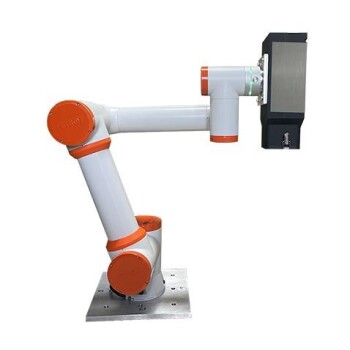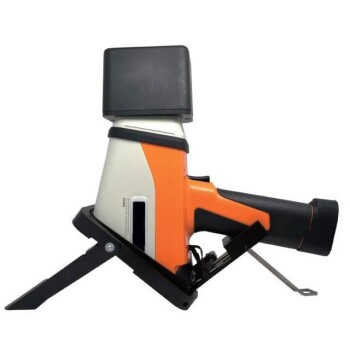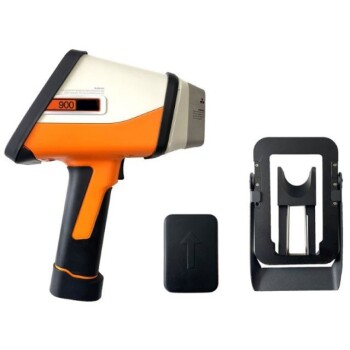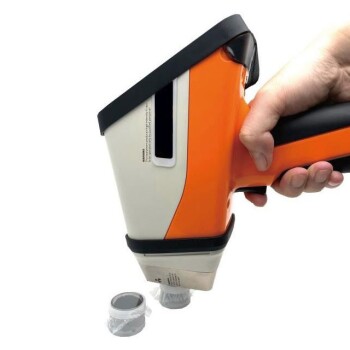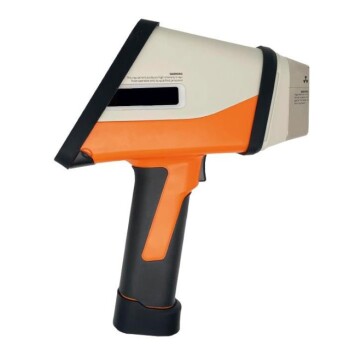XRF (X-ray Fluorescence) sensitivity varies depending on several factors, including the type of element being analyzed, the quality of the instrument, and the preparation of the sample. XRF is highly effective for detecting major elements in geological samples, but its sensitivity decreases for minor and trace elements, particularly light elements. The sensitivity is influenced by the instrument's calibration, detector quality, and software algorithms, as well as the operator's skill and sample preparation techniques. While XRF offers fast, non-destructive analysis with a wide range of detectable elements, its detection limits and accuracy can vary based on the specific conditions of use.
Key Points Explained:

-
Sensitivity to Major vs. Minor/Trace Elements:
- XRF is highly sensitive to major elements in geological samples, making it a preferred method for quick and accurate analysis of these elements.
- However, it is less sensitive to minor and trace elements, particularly light elements (e.g., elements lighter than sodium). This is due to the nature of X-ray fluorescence, where lighter elements emit weaker X-ray signals that are harder to detect.
-
Detection Limits and Accuracy:
- The detection limit of XRF is generally around 0.0005 mg g⁻¹, with an analysis accuracy ranging from 0.02% to 2.0%.
- The sensitivity of XRF is influenced by the atomic weight of the elements. Heavier elements are easier to detect due to their stronger X-ray fluorescence signals, while lighter elements are more challenging.
-
Instrument Quality and Calibration:
- The sensitivity of XRF is highly dependent on the quality of the instrument, including the detector and the calibration process. Proper calibration ensures accurate readings, especially for trace elements.
- Advanced software and algorithms can enhance sensitivity by improving data processing and reducing background noise.
-
Sample Preparation and Operator Skill:
- Sample preparation plays a critical role in XRF sensitivity. Factors such as particle size, moisture content, and sample homogeneity can significantly affect the results.
- Grinding samples to a fine particle size and compressing them into smooth, flat pellets can improve sensitivity by reducing background scattering and enhancing emission peak detection.
- Operator skill is also crucial. Errors in sample preparation or instrument operation can lead to inaccurate measurements.
-
Non-Destructive and Fast Analysis:
- One of the core advantages of XRF is its non-destructive nature, allowing samples to be analyzed without chemical digestion or damage.
- The analysis is fast, typically taking between 10 seconds to 300 seconds, making it suitable for high-throughput environments.
-
Wide Elemental Range and Linear Range:
- XRF can analyze elements from beryllium (Be) to uranium (U), covering a wide range of the periodic table.
- It has a wide linear range of analyzed element content, from trace levels (0.0001%) to high concentrations (99.999%).
-
Factors Affecting Sensitivity:
- The sensitivity of XRF can be affected by external factors such as the sample container, film used, particle size, moisture, and heterogeneity.
- The depth of X-ray detection also varies with the atomic weight of the elements, with lighter elements being harder to detect at greater depths.
-
Instrument Features and Selection:
- When selecting an XRF analyzer, it is important to consider features such as count rate, resolution, voltage, and tube watts, as these directly impact sensitivity and accuracy.
- The suitability of an XRF analyzer depends on the specific elements being measured and the desired detection limits.
In summary, while XRF is a powerful tool for elemental analysis, its sensitivity is not uniform across all elements. It excels in detecting major elements and offers fast, non-destructive analysis, but its effectiveness for minor and trace elements, particularly light elements, is limited. Proper instrument calibration, sample preparation, and operator training are essential to maximize sensitivity and accuracy.
Summary Table:
| Factor | Impact on XRF Sensitivity |
|---|---|
| Element Type | High sensitivity for major elements; lower for minor/trace elements, especially light ones. |
| Instrument Quality | Better detectors, calibration, and software improve sensitivity and accuracy. |
| Sample Preparation | Fine particle size, homogeneity, and proper pellet formation enhance detection. |
| Detection Limits | 0.0005 mg g⁻¹ detection limit; accuracy ranges from 0.02% to 2.0%. |
| Analysis Speed | Fast, non-destructive analysis (10–300 seconds). |
| Elemental Range | Detects elements from beryllium (Be) to uranium (U). |
| External Factors | Particle size, moisture, sample container, and heterogeneity affect sensitivity. |
Maximize your XRF analyzer's performance—contact our experts today for tailored solutions!
